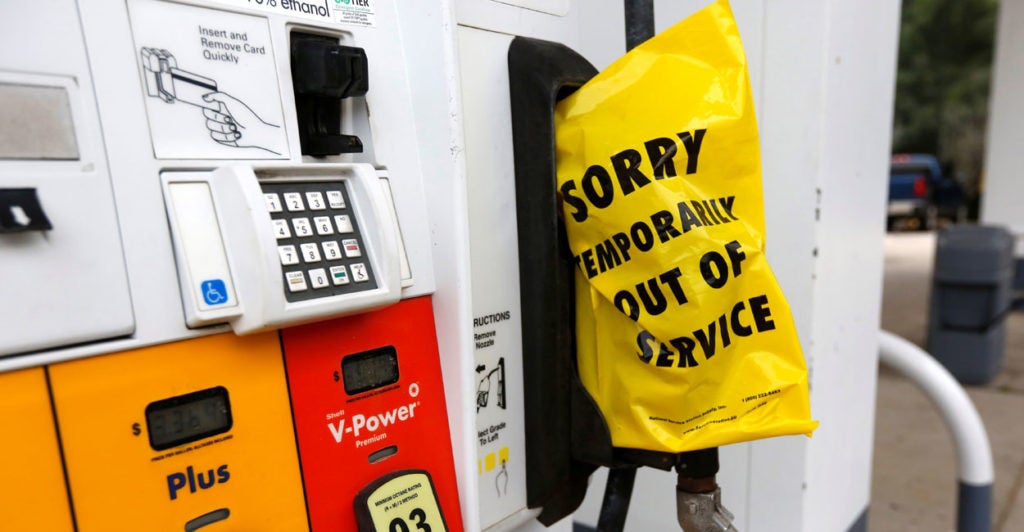Hurricane Michael, as of now, is a very strong Category 2 storm with 110 mph winds, and is expected to become a Category 3 before it makes landfall sometime Wednesday.
Florida Gov. Rick Scott has declared a state of emergency for at least 35 counties, and mandatory evacuations are under way for 120,000 residents of the Florida Panhandle.
While the winds are expected to top 110 mph, as with past storms, the greatest danger is often from the water. Storm surges of as much as 12 feet are expected east of Panama City, Florida, in addition to torrential rains.
The path of the storm then extends to areas of Georgia and the Carolinas that are still drying out and cleaning up from Hurricane Florence.
Those in the path of the storm are advised to listen to local authorities as this dangerous storm approaches.
While government agencies, such as the Coast Guard, and volunteers, such as the self-styled “Cajun Navy,” will do their best to respond to help those in distress, heeding evacuation or preparation warnings can avert these high-stakes rescues.
Aid organizations, such as the American Red Cross and local food banks and shelters are on the front lines of these disasters. Americans looking to support others can check with these and other organizations to see how they can help.
While there’s a great deal the U.S. can and should do to improve U.S. disaster response and recovery, now is the time to focus on safeguarding Americans and rebuilding after the storm.
